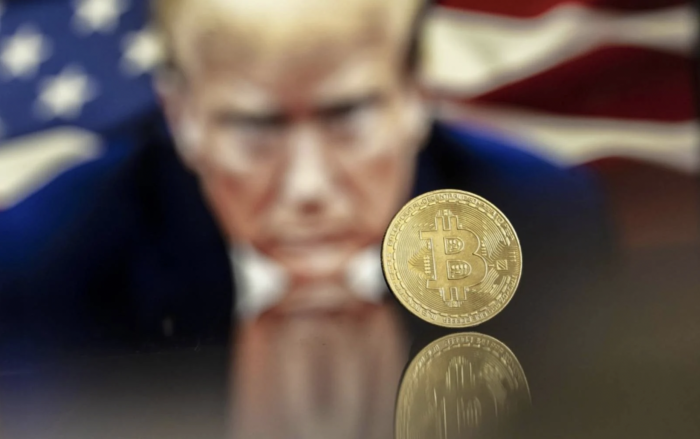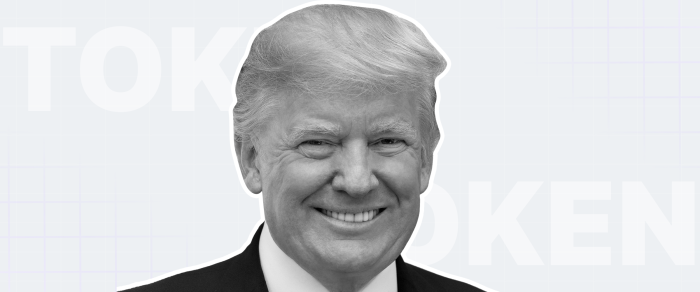Trump’s Crypto Support Worries EU Over Financial Stability
The European Union (EU) is expressing growing apprehension over U.S. President Donald Trump’s recent endorsement of cryptocurrencies, particularly dollar-backed stablecoins, fearing potential threats to Europe’s financial stability and monetary sovereignty.
EU’s Concerns Over Trump’s Crypto Support
During an Eurogroup press conference on March 10, European Stability Mechanism (ESM) Managing Director Pierre Gramegna highlighted that the U.S. administration’s favorable stance on cryptocurrencies, especially dollar-denominated stablecoins, could pose challenges for Europe.
Gramegna cautioned that such developments might “affect the euro area’s monetary sovereignty and financial stability,” emphasizing the urgency of advancing the digital euro to preserve Europe’s strategic autonomy.
Irish Finance Minister Paschal Donohoe echoed these sentiments, noting that policy shifts in other jurisdictions can significantly impact Europe. He stressed that discussions surrounding digital currencies are “fundamentally linked to our own autonomy and to the resilience of our currency,” underscoring the critical need for a European Central Bank digital currency (CBDC) to maintain competitiveness.
Trump’s Executive Order and Its Implications
In January, President Trump signed an executive order called “Strengthening American Leadership in Digital Financial Technology,” aiming to promote the elaboration of dollar-backed stablecoins while explicitly prohibiting the establishment of a U.S. CBDC. This move is perceived as an effort to bolster the U.S. dollar’s dominance in the global financial system.
The executive order has raised concerns within the EU regarding the overwhelming presence of the U.S. dollar in the stablecoin market. Currently, dollar-backed stablecoins account for approximately 97% of the global stablecoin market, valued at around $215 billion. This dominance has prompted EU officials to expedite the establishment of a digital euro to mitigate reliance on U.S.-centric financial instruments.
Accelerating the Digital Euro Initiative
The European Central Bank (ECB) has been exploring the concept of a digital euro since 2020, focusing on retail and wholesale applications. The recent U.S. policy shift has added urgency to these efforts, with EU officials advocating for accelerated development to safeguard monetary sovereignty. The ECB aims to finalize legislation related to the digital euro before the summer, allowing policymakers to vote on the digital currency in November.
Global Financial Aspects and Future Outlook
The contrasting approaches of the U.S. and EU toward virtual currencies underscore a broader strategic competition in the financial sector. While the U.S. seeks to reinforce the dollar’s global position through private-sector stablecoins, the EU focuses on developing a sovereign digital currency to enhance financial autonomy. This divergence reflects differing priorities: the U.S. emphasizes maintaining dollar supremacy, whereas the EU concentrates on reducing dependency on external financial systems.
As the digital currency landscape rapidly evolves, the EU’s response to the U.S. crypto endorsement will significantly influence the future of global financial markets.
The acceleration of the digital euro project signifies Europe’s commitment to adapting to these changes while striving to maintain control over its monetary policy and financial health.



